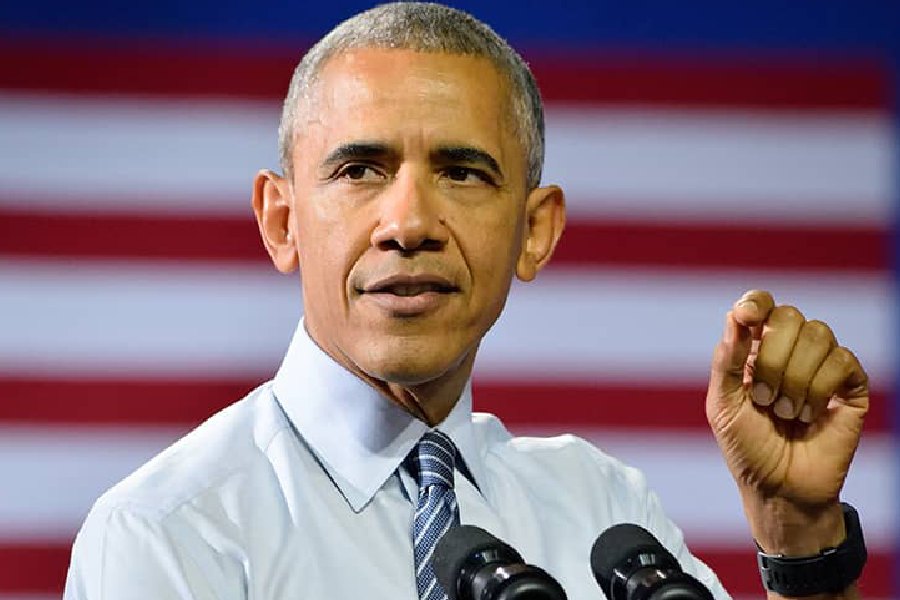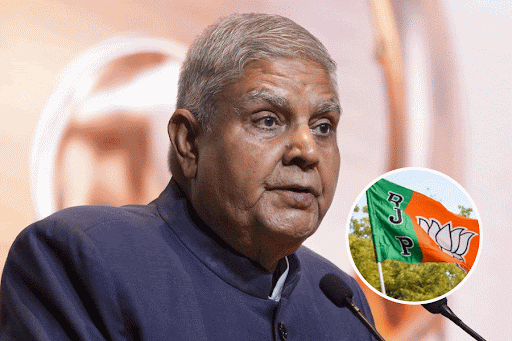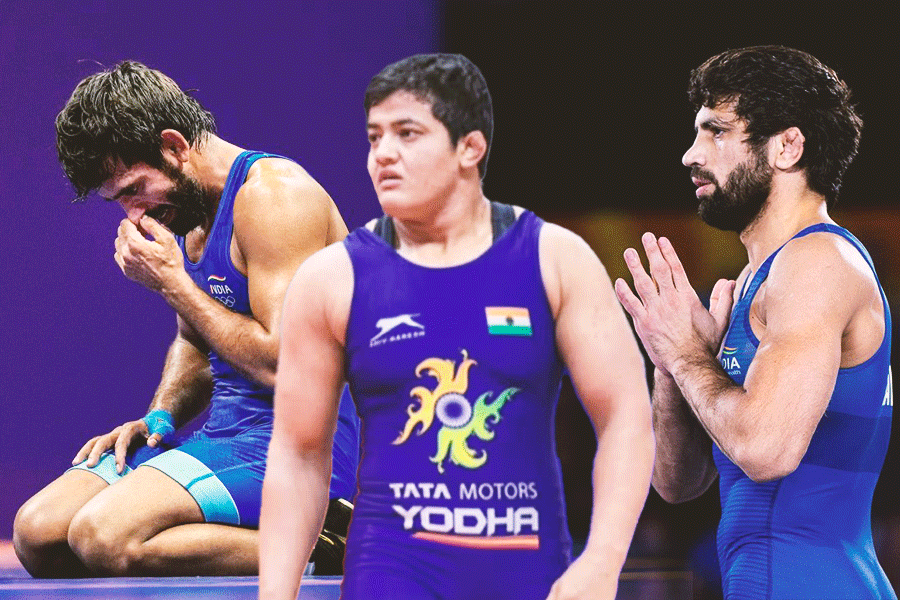
Contrary to popular perception, young Indians are going big on putting pen to paper to write, and not limiting themselves to punching out text on keyboards. And that trend is gathering momentum, says Nikhil Ranjan, founder and managing director of William Penn, India’s first chain of stores selling fine pens, when t2 caught up with him for an interaction over the phone.
“I see the our growth coming from the younger audience,” he says. “We underwent a rebranding exercise last year and changed the look and feel of our stores to make it a lot more younger, more contemporary, while retaining our core business, which is writing instruments,” he adds. And this in a scenario when overall digital communication is on the rise.
Driving the resurgence of the use of writing instruments are the millennials, who, he says, “have not grown up writing as much as the older generation; so there’s a big desire to touch, feel and use paper and pen among them”. So William Penn stores are not geared towards the collector now. “They are largely targeted at a younger audience who is coming in to try out a new pen, or upgrade from their existing pen.” Naturally, the products are fairly affordable too.
The demand for accessories is rising as well. “There is a big growth in demand, so there is a large collection of accessories that we have included in our stores,” says Ranjan. These include writing accessories (premium and/or smart notebooks and pens), small leather items (like wallets and belts), travel-related products (like an organiser with an integrated power bank and a USB drive, or a traveller’s journal) and desktop accessories.
With the young buyer firmly in its sights, William Penn has recently started its own brand of pens and accessories as well — Pennline by William Penn. Says Ranjan: “Through Pennline we are adding a wide range of writing and non-writing accessories appealing to the younger audience. So, we have fountain pens starting at Rs 1,000, we have journals starting at Rs 795, and we have a smart range of accessories.”
The products are designed in-house and made around the world — in Europe, Taiwan and India. “We source from those who have been manufacturing for European brands for years.” But it is clearly positioned as an Indian brand, he says, that has found takers as they are getting European quality without spending a huge amount.
William Penn now has 30 stores in metros and tier-2 cities and plans to add about three stores this year following the four it opened last year. On the cards are places like Chandigarh, Bhopal and Coimbatore. “And this is apart from increasing our footprint at the metros,” says Ranjan. So there might be second or third stores at particular cities.




William Penn has started its own brand, Pennline, which, apart from producing writing instruments that appeal to the youth like the Twin Pen (it can be used with different tips), is also producing accessories like lighters, smart key holders and organisers with integrated power banks and USB drives. While the products are being sourced worldwide, it is clearly positioned as an Indian value-for-money brand.
Want to build your own pen collection? Here are Ranjan’s tips for beginners
Where to start
Like any other collection, such as stamp or coin, you start with a little bit of homework. First you need to get a feel of the pens themselves. So you can visit our stores or look at pen collector websites to see what they are saying. Then you will get an idea about what kind of pen you want and why. And then you start building your collection.
Penmakers to check out
You can’t go wrong with a Lamy, a Waterman or a Sheaffer. At a slightly higher price point, you can go for Sailor. The Fisher Space Pen appeals to the tech-inclined.
How do you decide that a pen is worth collecting?
It needs to appeal to you at the end of the day. There are special editions that companies bring out from time to time. There may be products that are unique that you may want to buy.
On his collection
I have about 50-60 pens. And each of them for me has a story. Either I have got them as gifts or bought something because I found it interesting. It could also be something that has now gone out of production, or one with a nib that has been personalised by an expert like Nobuyoshi Nagahara (the resident nib expert at Japan’s Sailor Pen). It might also be a pen that has sentimental value because I have signed some contract with it. So these are in my collection, though not necessarily expensive ones.
Favourite picks
One is a limited edition Sheaffer known as King’s Gold that was probably made 25 years ago. It is one of the inlaid, V-nib pens that Sheaffer was known for.

Then I have a Sailor limited edition called Sri Ganesha which was made specifically for India. There were only 36 pens made; I have No.1 of 36. There’s a limited edition from Aurora, which is an Italian brand. They used to make a pen called Asia in their Continents collection.

I also have a couple of Fisher Space Pens which have the signature of Neil Armstrong on them. That was a special edition that was a gift to me from the company.
Text: Abhijit Mitra











